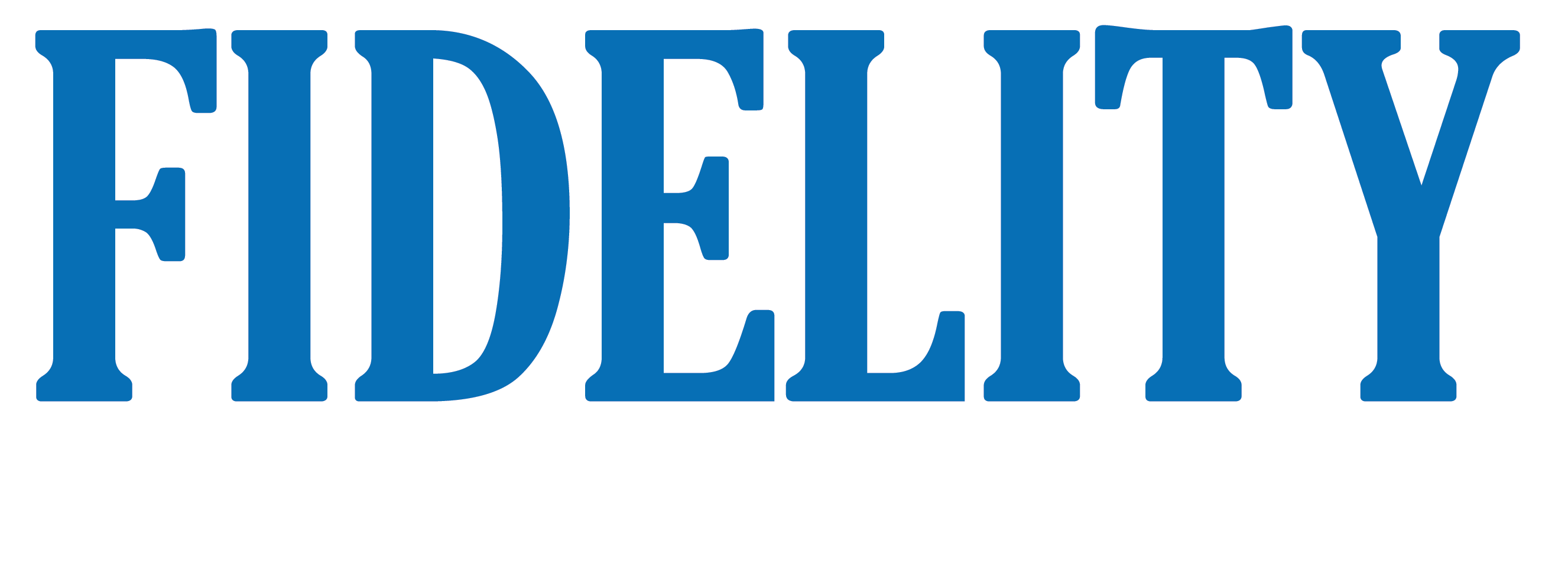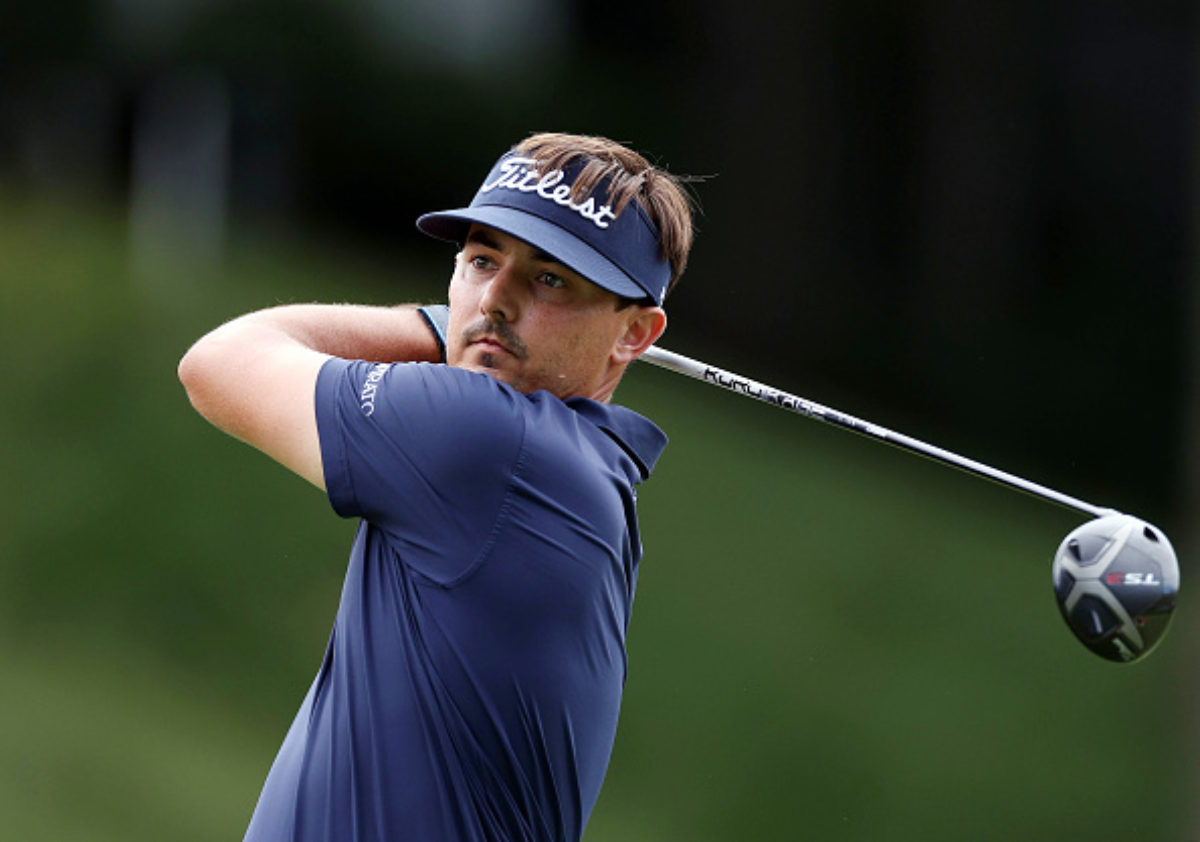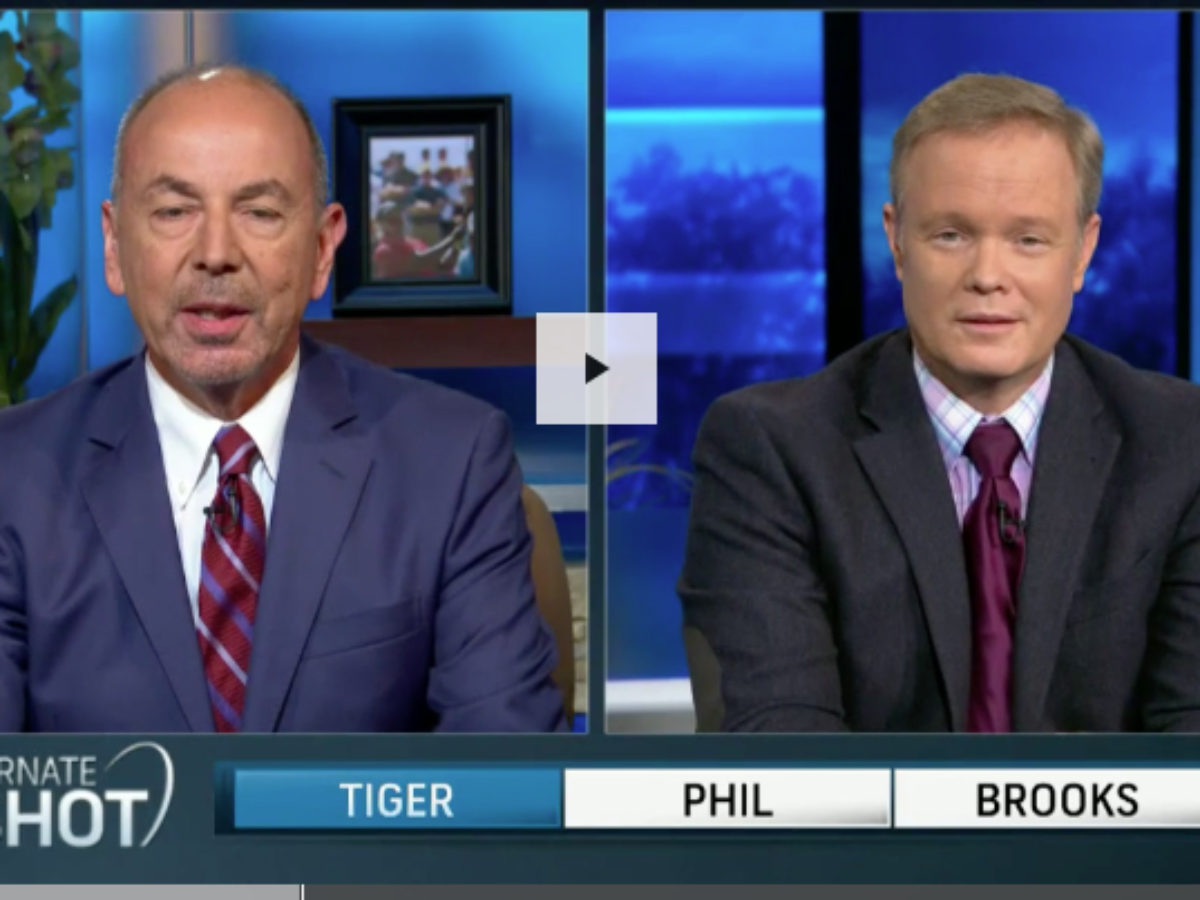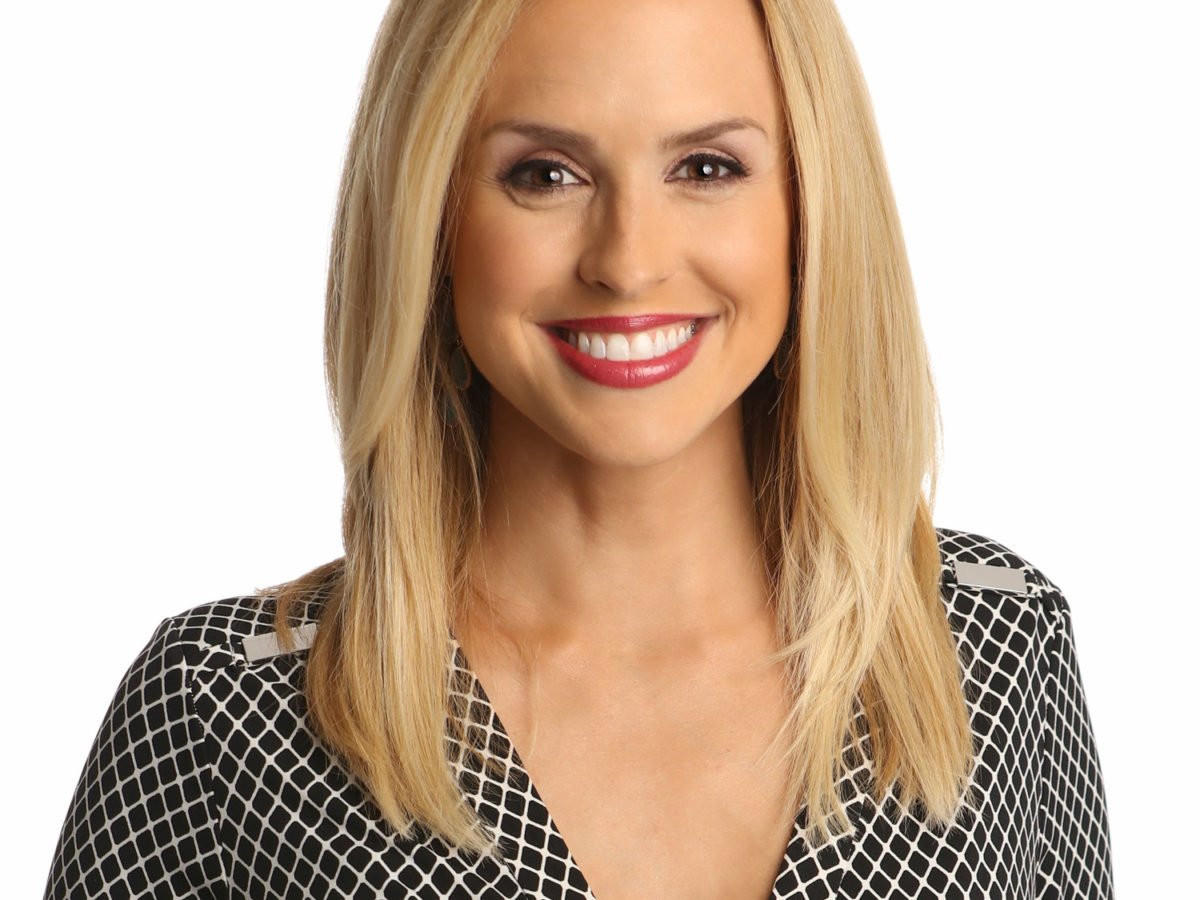Hank Lebioda Joins Bloomberg to Discuss PGA TOUR Return
Two months in, the PGA Tour’s reformulated season is posting big ratings for professional golf even as other college and pro sports face hiccups in playing during the coronavirus pandemic.
The PGA Tour got a jump on Major League Baseball, which was sidelined into late July, and found an audience from sports fans who’d been starved of basketball and hockey playoffs in the spring. Golf is also a hot sports-betting commodity at the moment.
From the Tour’s restart in June through the FedEx St. Jude Invitational, which finished Aug. 2, golf broadcast ratings on CBS and NBC were up 23% versus the same events last season. PGA Tour Live subscriptions have jumped 67% since play resumed.
The season-ending FedEx Cup playoffs began Thursday, at a time Covid-19 continues to disrupt normal life in much of the U.S. and has killed over 170,000 Americans. But the PGA Tour has found a way to continue while criss-crossing the country with different fields of players each week. https://www.bloomberg.com/graphics/2020-coronavirus-dash/
Aside from the concern for everyone’s safety, the Tour and its members have a lot to lose by not playing. The three-month hiatus that started in March translated to 11 Tour events being canceled for the year and various tournament dates reshuffled.
Well over $100 million in prize-money would have been forfeited if the Tour hadn’t returned this season, said PGA Tour Commissioner Jay Monahan.
Playoff Season
At the FedEx Cup playoffs, 125 players are competing over three weeks for their share of $60 million in bonus money, with the champion taking home a whopping $15 million.
The field will be winnowed after this week’s Northern Trust tournament near Boston, and again after the BMW Championship outside of Chicago. Thirty pros will tee it up at the Tour Championship at East Lake Golf Club in Atlanta.
“There’s a big financial loss if we have to stop play,” said Billy Horschel, a former FedEx Cup champion. “The Tour’s going to take a big hit, our sponsors are going to take a big hit, every player’s bank account is going to take a big hit.”
Every week without a Tour event was costly. Revenue evaporated from pro-am events, hospitality services and fans. Even with the return to play, many traditional revenue streams have yet to follow.
While the short-term impact is significant, Monahan believes the Tour and the sport of golf can capitalize on its unique situation. “We are a sport that can continue to excel in a Covid world,” he said.
Betting Bonanza
In New Jersey, the top golf event on the DraftKings Inc. sports betting site was the 2019 U.S. Open, but since the restart six Tour events have topped that major, according to a company spokesperson.
The game of golf, well suited to social distancing, has seen a bump as well. In June, rounds played in the U.S. were up 13.9% from a year ago, according to the National Golf Foundation.
There are regular reminders that things are far from normal. Through last week’s event, nine PGA Tour players and three caddies had tested positive for the virus, out of over 3,000 on-site tests conducted.
“Nobody really knew what we were getting into when we first started,” PGA Tour player Hank Lebioda said of the return to play. Lebioda has Crohn’s disease, and his treatment leaves him immunocompromised. While he was anxious about what golf life would be like in Covid times, he’s impressed with the safety measures the Tour has taken.
‘Above and Beyond’
“The Tour is doing above and beyond everything they can to assure us that we are participating and competing in the safest environment possible,” Lebioda said. “I feel better here at a golf tournament than I do at home.”
The PGA Tour implemented various rules to limit potential Covid exposure. Locker rooms have been restricted to players and attendants who are tested for the virus, clubhouse gyms are closed, and other amenities like omelette stations have given way to grab-and-go food options.
Charter flights between events are offered for players and caddies, with travelers tested before departure. “Those have been the best thing in my life,” Collin Morikawa, the 23-year-old PGA Championship winner, said of the flights.
The resumption hasn’t been perfect. During the week leading up to the Travelers Championship outside of Hartford, Connecticut, in June, the third event after the restart, there were positive cases among a player and caddies who’d been on-site for practice rounds.
‘Wake-Up Call’
“It was a wake-up call,” Monahan said, adding that there was never a discussion about shutting the season down again.
The Tour tightened its protocols after that, including requiring all players and caddies to test negative before they could enter a tournament site. Previously, players could be on site to practice outdoors as they awaited results.
“The Hartford was a great awakening for us because it showed us that this happens on a weekly basis. If this was to explode even more, then we wouldn’t be playing,” Horschel said.
“Normal” is still a long way away. Tour officials say they’re in “phase 1.5” of a five-phase plan, having introduced a small number of sponsors and partners at events in the last few weeks.
Slow and Steady
Getting spectators back on-site isn’t in the cards for the immediate future, and the Tour hasn’t identified any events in the fall season where that could happen, Monahan said.
“We’re on a path here, we still have more work to do and we’re certainly not claiming victory,” he said.




